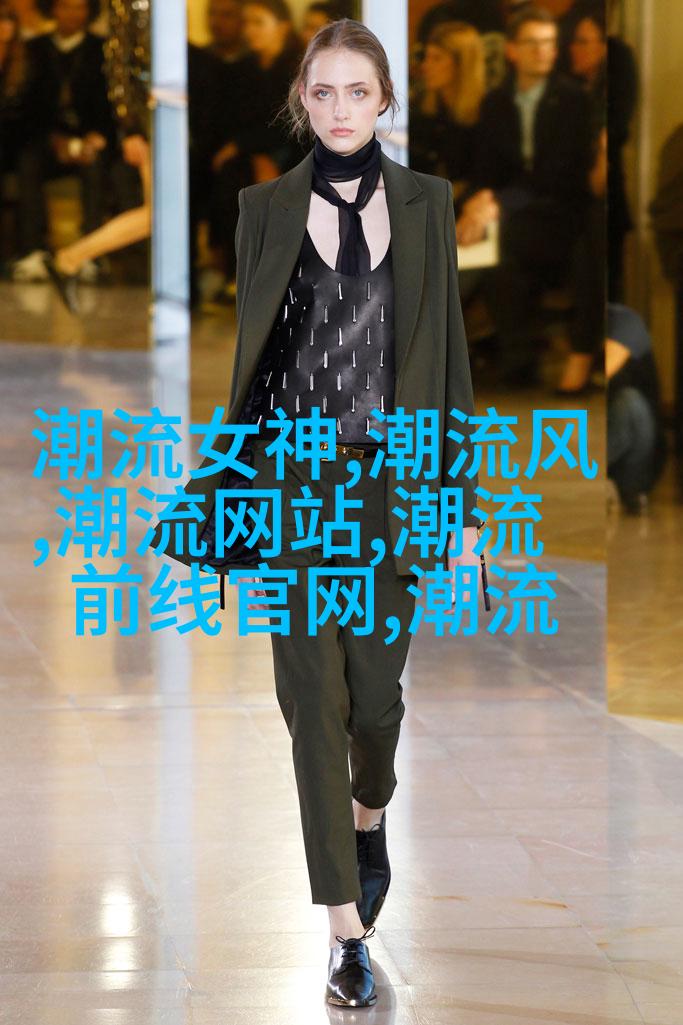The Rise of Sustainable Fashion How Brands are Emb
The Rise of Sustainable Fashion: How Brands are Embracing Eco-Friendly Styles

I. Introduction to Sustainable Fashion
Sustainable fashion refers to the production, distribution, and consumption of clothing in a way that minimizes environmental impact while also promoting social responsibility. In recent years, this movement has gained significant traction within the fashion industry as consumers become more conscious about their purchasing decisions and seek out brands that align with their values.

II. The Environmental Impact of Fast Fashion
Fast fashion is characterized by its rapid production cycles and low prices, making trendy clothing accessible to a wider audience. However, this approach comes at a steep environmental cost. From the use of non-renewable resources such as water and energy for manufacturing processes to the disposal methods used for garments after they are discarded (often ending up in landfills or oceans), fast fashion's negative effects on the environment have become increasingly apparent.

III. The Role of Timeless Style in Sustainable Fashion
Timeless style plays an essential role in sustainable fashion as it encourages consumers to invest in higher-quality items that will last longer rather than buying cheaply made clothes that may only be worn once or twice before being discarded.

IV. Innovative Materials Used in Sustainable Fashion
Innovative materials have been developed specifically for sustainable fashion purposes, including recycled polyester made from plastic bottles or post-consumer waste like old t-shirts turned into new fabric.

V. Zero-Waste Design Principles
Zero-waste design principles aim to eliminate waste during every stage of garment production – from cutting patterns on paper instead of fabric when creating designs to using scraps generated during sewing processes for other parts of garments.
VI. Brand Commitment & Transparency Towards Sustainability Goals
Many luxury brands have committed themselves towards sustainability goals through partnerships with NGOs and research institutions aimed at developing environmentally-friendly textiles and improving supply chain transparency regarding labor practices.
VII. Consumer Education & Awareness Campaigns
Consumer education campaigns play crucial roles in raising awareness about unsustainable aspects associated with fast-fashion industries along with highlighting eco-friendly alternatives available today; thus influencing consumer behavior towards making greener choices when shopping for apparel products online or offline stores alike.
VIII.Conclusion - A New Era For Sustainable And Timeless Style In English-speaking World Of High-End Apparel Industry
As we move forward into an era where sustainability becomes increasingly important within high-end apparel industries worldwide speaking English language community can expect more innovative solutions emerging alongside continued commitment from leading designers who embrace timeless styles while keeping ecological footprint minimal without compromising on aesthetics appeal either domestically or internationally marketed goods respectively